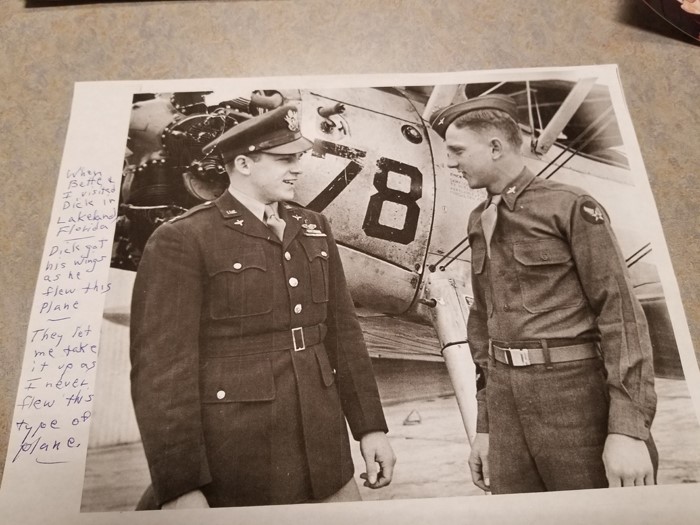
Home > Guest Book > Historians > Pages & Links > About Us > B26 Site Index

The Paulsen Brothers: Valor and Tragedy in the Cockpits of the B-26 Marauder, by
Paul Clouting
A Historical Account of Service, Sacrifice, and Fraternal Bonds in the Ninth Air
Force
Introduction
In the waning days of the Second World War in Europe, as the Allied forces
consolidated their hard-won victories and the specter of peace loomed on the
horizon, the United States Army Air Forces continued to hone the skills of its
aircrews through rigorous training missions. It was amid such exercises - far
from the thunder of flak and the roar of combat - that tragedy struck, claiming
the lives of young men who had already stared down the perils of aerial warfare.
This narrative centers on two brothers, Captain Robert J. Paulsen and Flight
Officer Richard W. Paulsen, whose paths converged in the unforgiving skies over
the European Theater of Operations (ETO). Serving in separate bomb groups aboard
the Martin B-26 Marauder - a medium bomber notorious for its demanding flight
characteristics - the Paulsens exemplified the quiet heroism of the Ninth Air
Force's tactical bombardment units. Their stories, drawn from archival records,
unit histories, and the dedicated research of aviation enthusiasts, illuminate
not only the technical and operational facets of their service but also the
profound human cost of the conflict.
The elder brother, Robert J. Paulsen, emerged as a decorated pilot in the 319th
Bomb Group, piloting aircraft affectionately dubbed "Dodo Bird" through perilous
missions over North Africa and Italy. His younger sibling, Richard W. Paulsen,
served as a bombardier-navigator in the 344th Bomb Group, where fate dealt a
cruel hand on 13 May 1945. This account weaves together their parallel service
records, the legacy of the "Dodo Bird" lineage, and the catastrophic training
flight that severed their earthly ties, underscoring the fragility of life even
in victory's shadow.
Robert J. Paulsen: A Pillar of the 319th Bomb Group

Robert J. Paulsen's tenure with the 319th Bomb Group stands as a testament to
the resilience required of Ninth Air Force pilots in the Mediterranean Theater
of Operations (MTO). Enlisting in the early years of America's wartime
mobilization, Paulsen quickly distinguished himself as a capable and respected
aviator. By late 1942, he had transitioned to the B-26 Marauder, a twin-engine
workhorse that demanded precision from its crews due to its high wing loading
and narrow landing gear. Paulsen's name recurs frequently in the annals of the
319th, a group that spearheaded low-level tactical strikes against Axis supply
lines and fortifications following its relocation from the United Kingdom to
North Africa in December 1942.
Paulsen's combat tour, spanning over 40 missions, marked him as one of the
group's pioneering aces in endurance. On 30 December 1942, during an early
operation against Gabes airfield in Tunisia, he became the first officer in the
319th to complete the requisite number of sorties for rotation home - a
milestone amid the chaos of the North African campaign. His decorations,
including the Distinguished Flying Cross and Air Medal with clusters, reflected
not only his aerial prowess but also his leadership in mentoring green crews
through the Marauder's unforgiving quirks. Paulsen's post-war contributions
further cemented his legacy; he provided firsthand accounts and articles for
"The 319th in Action", the group's seminal historical chronicle, where his
reflections on missions and aircraft appear prominently.
Paulsen's fascination with the B-26 extended to its nomenclature. Over the
course of the war, he and his comrades perpetuated a whimsical tradition by
christening five successive aircraft "Dodo Bird," evoking the extinct bird's
ungainly silhouette - small wings supporting a robust body - as a wry nod to the
Marauder's own reputation. These machines, serial numbers 41-17812, 41-18301,
41-34919, 41-35003, and 42-95780, traced the 319th's odyssey from factory-fresh
ferrying flights across the Atlantic to battered veterans of Mediterranean
skies.
The Lineage of the "Dodo Bird": Icons of the 319th's Arsenal
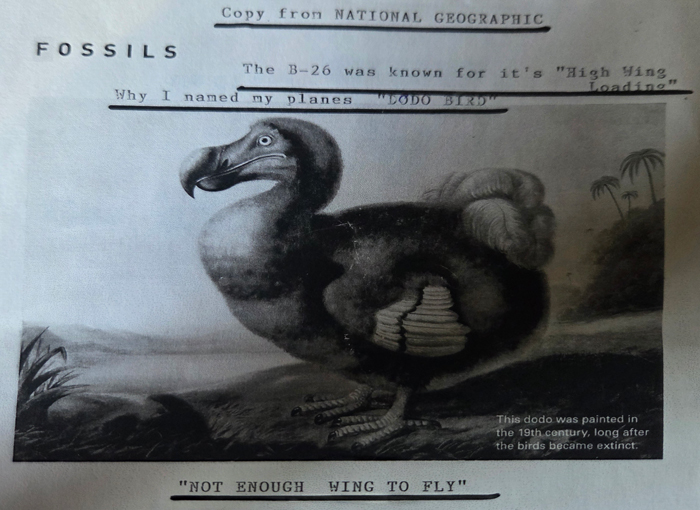
"Not Enough Wing To Fly"
The "Dodo Bird" moniker originated stateside in September 1942, when the first
iteration, serial 41-17812, was collected fresh from the Martin factory. Crews
penciled the name onto its forward fuselage, drawing parallels to the bird's
improbable flight, before formal painting during a 100-hour inspection at RAF
Honington - a key Strategic Air Depot in the United Kingdom. For the 319th, the
UK served merely as a waypoint on the Northern Ferry Route, en route to combat
basing in North Africa. After sustaining war weariness through early operations,
41-17812 was reassigned to a stateside training unit in June 1943.
Its successors met varied fates, emblematic of the Marauder's high attrition
rate in the MTO:
- "Dodo Bird II" (41-18301): Succumbed to engine failure on takeoff from Sedrata
airfield, Tunisia, on 18 June 1943, crashing catastrophically and claiming lives
in the inferno.
- "Dodo Bird III" (41-34919): Survived a belly landing at Naples, Italy, on 24
May 1944, its undercarriage sheared away but airframe salvageable - a testament
to the era's robust engineering.
- "Dodo Bird IV" (41-35003): Paulsen's personal mount, photographed with him and
his crew before its salvage on 17 September 1944 following irreparable battle
damage. This aircraft symbolized the intimate bond between pilot and machine in
the close-quarters tactics of the Italian campaign.
- "Dodo Bird V" (42-95780): Endured a crash landing at Capodichino airfield,
Naples, on 12 June 1944, only to suffer a nose-wheel collapse upon landing there
again on 6 November 1944. Repaired each time, it embodied the relentless
improvisation of wartime maintenance.
These vignettes, preserved in unit logs and veteran memoirs like "The 319th in
Action", highlight how such nose art fostered morale amid the grind of 200-mph
strafing runs and 10,000-foot bomb drops.
Richard W. Paulsen: Bombardier in the 344th Bomb Group
While Robert Paulsen etched his mark in the sun-baked theaters of Africa and
Italy, his brother Richard W. Paulsen pursued a parallel path in the ETO with
the 344th Bomb Group, 494th Bombardment Squadron. Commissioned as a Flight
Officer (F/O), Richard served as bombardier-navigator, a role pivotal to the
precision of low-level attacks that defined Ninth Air Force doctrine. The 344th,
based at Florennes, Belgium, by spring 1945, had transitioned from combat to
training as VE-Day approached, yet the hazards of flight persisted.
Richard's service, though briefer than his brother's, aligned with the familial
tradition of aerial service. Archival records confirm his assignment to the
494th BS, where he flew alongside seasoned pilots in the waning operational
tempo. Unbeknownst to many at the time, the Paulsen brothers represented a
poignant fraternal convergence - two siblings piloting B-26s in disparate bomb
groups, their paths diverging across continents yet united by the Marauder's
staccato rhythm.
The Fatal Flight: A Training Tragedy Near Hezingen, Belgium
On 13 May 1945 - barely a month after Germany's unconditional surrender - the
344th conducted a routine two-ship low-level cross-country navigational
exercise. Aircraft 42-96048, coded K9-Y, bore the markings of the 494th BS and
carried a crew of ten under the command of 1st Lt. Clyde T. Whitehead. F/O
Richard W. Paulsen occupied the bombardier's station, guiding the formation with
charts and Norden bombsight derivatives adapted for training.
The flight, led by 1st Lt. William W. Dominy Jr., proceeded southward from base
toward Brussels. Turbulence prompted Dominy to radio Whitehead: "Do not try to
fly formation; the air is too rough. Just keep me in sight." Dominy's sharp left
turn soon outpaced his wingman, leaving Whitehead to close the gap
independently. Eyewitness accounts from Dominy's waist gunner noted Whitehead's
aircraft "buzzing" villages and terrain - a common, if reckless, morale-booster
in peacetime skies.
At approximately 1445 hours, near Hal in Hezingen, Belgium (seven miles south of
Brussels), disaster unfolded. As Whitehead skimmed a rural hamlet, the right
wing clipped a tree, initiating a violent roll. The Marauder cartwheeled into
the earth at high velocity, its right wing gouging furrows before the nose
buried itself, triggering a cataclysmic explosion. Wreckage strewn across fields
attested to the ferocity of the impact; all aboard perished instantly, including
F/O Richard W. Paulsen, 1st Lt. Glenn O. Waters (observer), Sgt. Robert G.
Riddell (engineer-gunner), and the remaining crew.
This peacetime mishap, stark against the backdrop of victory parades, claimed
the 344th's final wartime fatalities. The accident report, preserved in Missing
Air Crew Reports (MACRs), attributes it to pilot error amid low-altitude
exuberance - a poignant irony for a crew no longer threatened by enemy fire.
Epilogue: Honoring the Legacy
The Paulsen brothers' intertwined narratives transcend mere operational logs;
they embody the era's unyielding demand on youth. Robert J. Paulsen returned
stateside, his contributions to "The 319th in Action" ensuring the 319th's
exploits endured in print. Richard's abrupt end, chronicled on dedicated
aviation archives, serves as a somber coda to the B-26's storied service - one
of the lowest loss-rate bombers in the USAAF arsenal, yet unforgiving to the
last.
Today, researchers in the United Kingdom and beyond, such as those collaborating
with b26.com, perpetuate this memory. Through meticulous reconstruction of
serials, missions, and mishaps, they honor not only the Paulsens but all who
flew the Marauder's narrow margins. In an age distant from the war's thunder,
their work reminds us: freedom's price was paid in cockpits over forgotten
fields, by brothers who flew too close to the earth.
*Compiled from unit histories, MACRs, and veteran correspondences, October
2025.*
Research and written by Paul Clouting, B-26 Historian



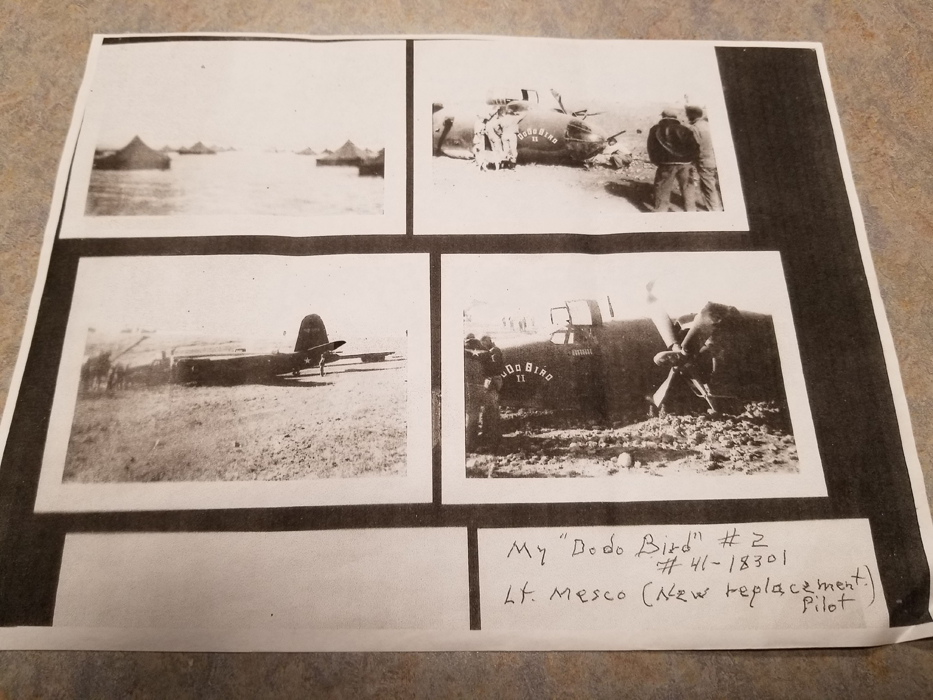
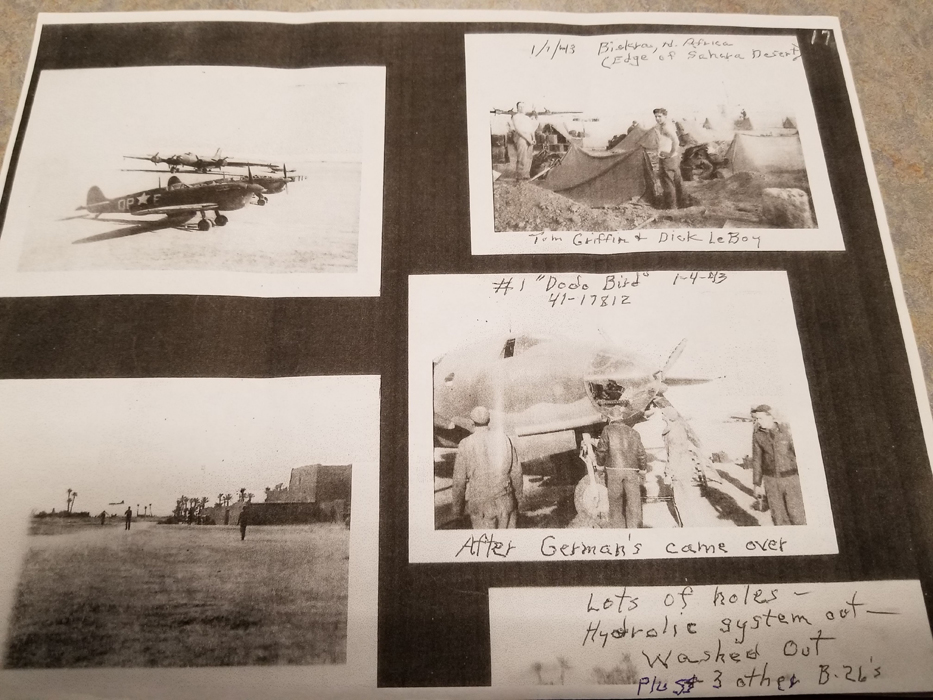

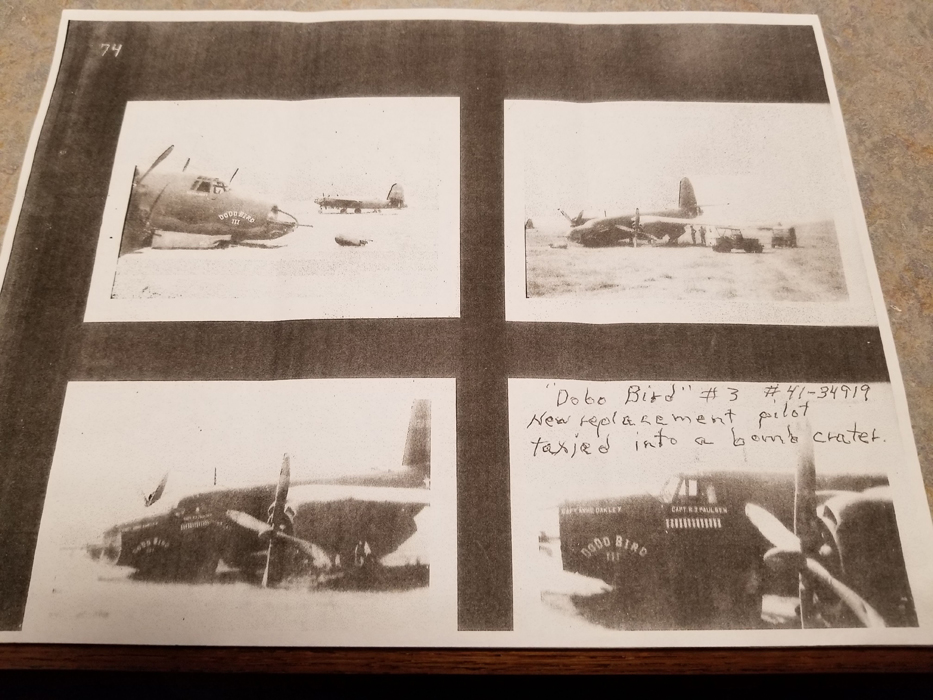
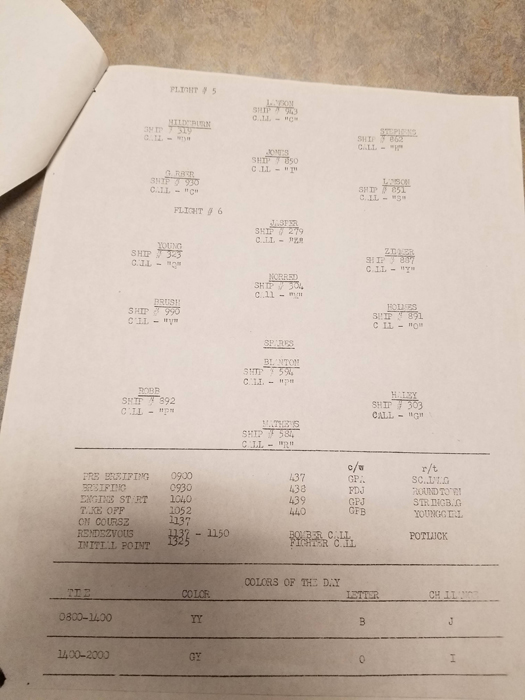

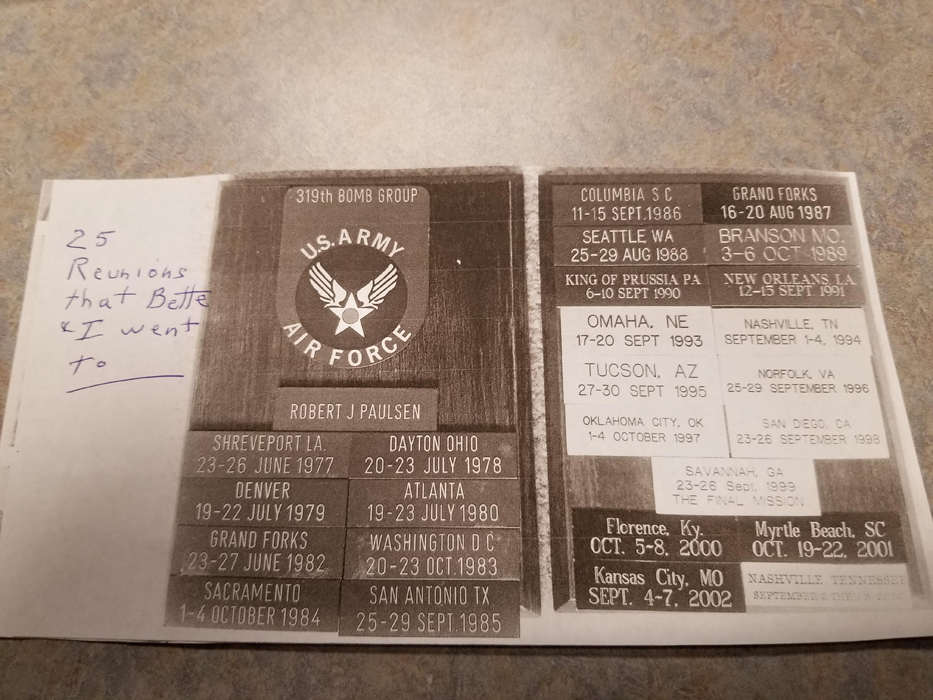
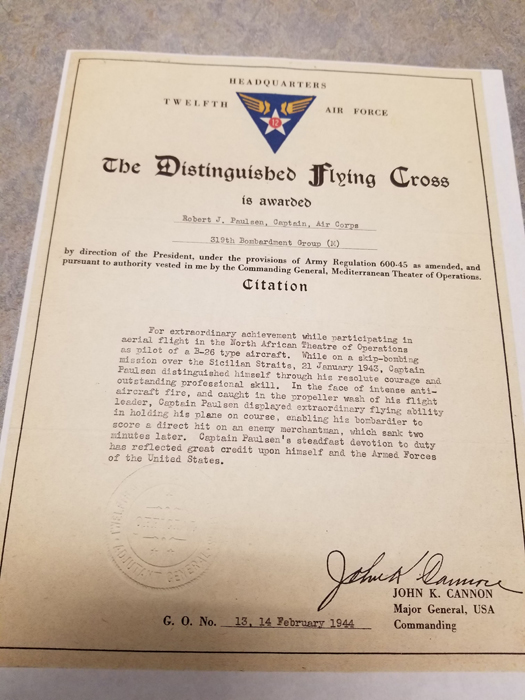

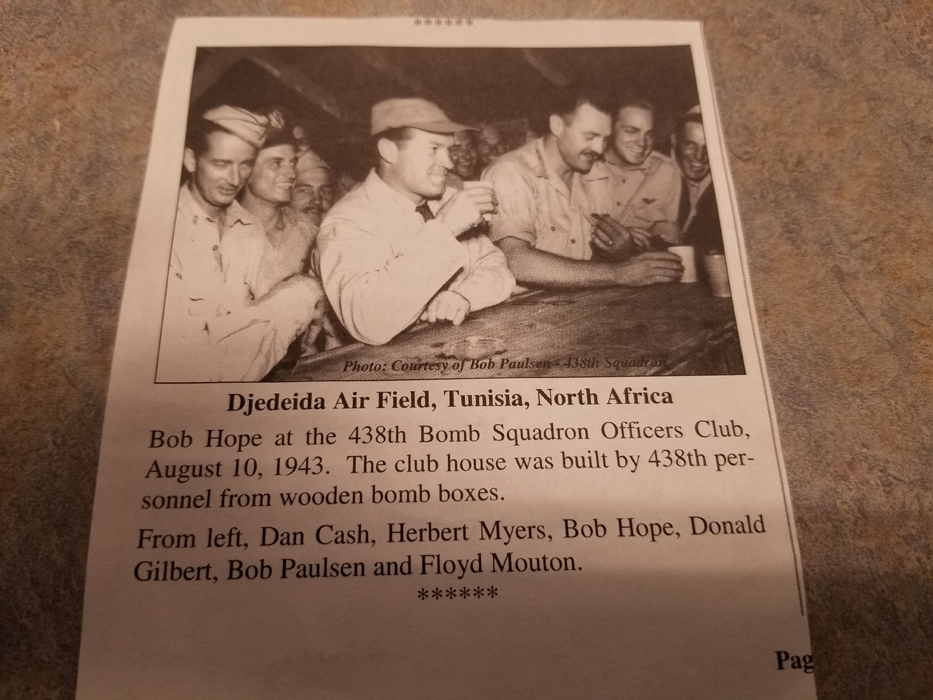
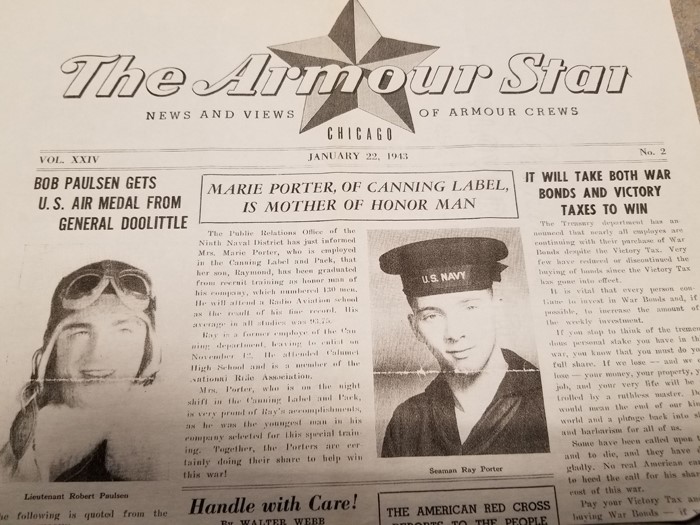
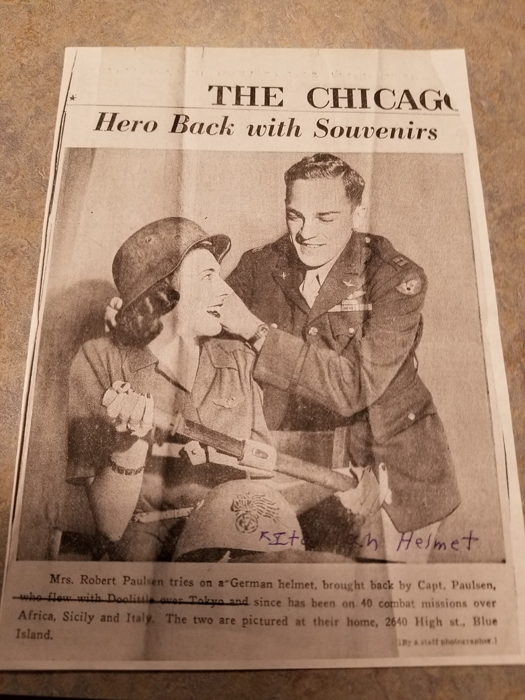
Home > Guest Book > Historians > Pages & Links > About Us > B26 Site Index